Table of content
Blueberries, often hailed as a superfood due to their rich antioxidant content and versatile culinary applications, are a beloved staple in kitchens worldwide. However, their delicate nature makes preserving their freshness a challenge for both home cooks and commercial distributors. Understanding the science behind blueberry degradation and implementing strategic storage techniques can significantly prolong their edible lifespan, reduce food waste, and ensure optimal flavor retention. This article explores the intricate factors influencing blueberry longevity, from harvest practices to advanced preservation methods, empowering readers to master the art of extending these berries’ vibrant existence.
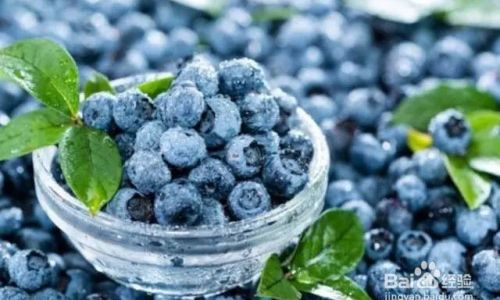
The Perishability Puzzle: Why Blueberries Spoil Quickly
Blueberries (Vaccinium corymbosum) are classified as climacteric fruits, meaning they do not ripen further after harvest. This characteristic, combined with their thin epidermal layer and high moisture content (approximately 85% water), makes them highly susceptible to microbial invasion, enzymatic browning, and moisture loss. Immediately after picking, blueberries undergo a cascade of biochemical changes. Respiration rates increase, accelerating the conversion of stored sugars into energy, while ethylene—a plant hormone—triggers senescence, the aging process. Simultaneously, water evaporates through the berries’ porous skins, leading to shriveling and loss of turgor pressure.
Microbial activity further complicates preservation. Fungi such as Botrytis cinerea (gray mold) and Colletotrichum acutatum (anthracnose) thrive in the damp environments often associated with blueberry cultivation. These pathogens penetrate the berries’ surfaces through minute cracks or wounds, releasing enzymes that break down cell walls and produce off-flavors. Bacterial colonies, including Pseudomonas and Erwinia species, may also proliferate, contributing to rapid softening and rotting.
Optimal Storage Conditions: The Goldilocks Zone
The cornerstone of blueberry preservation lies in replicating their ideal post-harvest environment. Temperature, humidity, and atmospheric composition are critical variables that demand precise control.
Temperature Management
Blueberries exhibit a narrow temperature tolerance range. Storage at 32–34°F (0–1°C) slows metabolic processes, including respiration and ethylene production, without causing chilling injury—a phenomenon where temperatures below 32°F induce tissue damage. At this range, the berries’ shelf life extends from 7–10 days (at room temperature) to 14–21 days under refrigeration. Fluctuations beyond this threshold, even brief exposures to warmer climates during transportation, can trigger irreversible degradation.
Humidity Control
Maintaining high relative humidity (90–95%) minimizes moisture loss through osmosis. Modern cold storage facilities employ humidifiers or misting systems to achieve this balance, while home consumers can place berries in perforated plastic bags or airtight containers lined with paper towels to absorb excess condensation without desiccating the fruit.
Atmospheric Modification
Controlled atmosphere (CA) storage, which reduces oxygen levels to 3–5% and increases carbon dioxide to 10–15%, further inhibits microbial growth and enzymatic reactions. This technology, commonly used in industrial-scale operations, can extend blueberry viability by an additional 2–3 weeks. However, oxygen deprivation beyond 2% may induce off-flavors due to anaerobic fermentation, highlighting the need for careful monitoring.
Pre-Storage Preparation: The First Line of Defense
Proper handling prior to refrigeration or freezing is pivotal in mitigating spoilage risks.
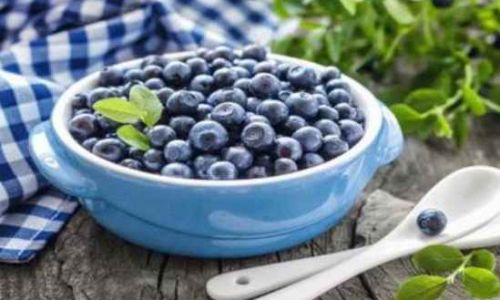
Sorting and Sanitizing
Immediately after purchase, discard damaged or moldy berries, as they act as infection vectors for healthy specimens. Avoid washing blueberries until ready to consume, as excess moisture accelerates decay. For stored berries, a gentle vinegar rinse (1 part white vinegar to 3 parts water) can reduce bacterial loads without compromising texture. Post-rinse, pat dry with a salad spinner or clean towel to eliminate surface moisture.
Packaging Strategies
The choice of container influences gas exchange and physical protection. Original plastic clamshells, designed with ventilation holes, offer adequate airflow while preventing crushing. For longer-term storage, transfer berries to breathable fabric bags or vacuum-sealed pouches, which limit oxygen exposure without causing mechanical damage. Avoid storing blueberries in the same compartment as ethylene-producing fruits (e.g., apples, bananas), as this gas accelerates ripening and senescence.
Freezing Techniques: Preserving Peak Quality
Freezing remains the most effective method for long-term blueberry preservation, locking in nutrients and flavor for up to 12 months. Success hinges on minimizing ice crystal formation, which ruptures cell membranes and results in mushy textures upon thawing.
Individual Quick Freezing (IQF)
Commercial operations utilize IQF technology, where berries are frozen at -40°F (-40°C) on a conveyor belt, ensuring each fruit freezes independently. Home cooks can mimic this process by spreading washed and dried blueberries in a single layer on a baking sheet, freezing until solid (2–3 hours), then transferring to airtight freezer bags. This method prevents clumping and allows portion control.
Sugar Packing
For culinary applications, coating blueberries in sugar (1/4 cup per quart) before freezing creates a protective syrup, preserving color and texture. This technique is ideal for baked goods or compotes, where slight softening is desirable.
Dry Packing
Freezing unsweetened blueberries directly preserves their natural tartness for smoothies or sauces. To prevent freezer burn, squeeze excess air from bags and label with the freezing date.
Alternative Preservation Methods
Beyond refrigeration and freezing, several techniques cater to specific needs and preferences.
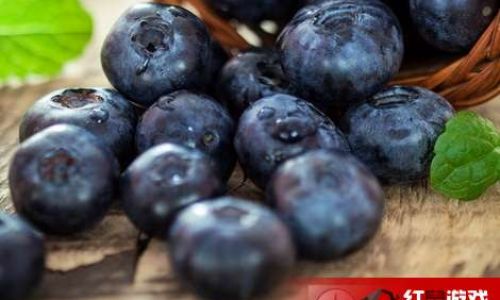
Dehydration
Low-temperature drying (135°F/57°C) removes moisture, yielding chewy, nutrient-dense snacks. Use a food dehydrator or oven on the lowest setting, ensuring berries are uniformly spread and flipped periodically. Rehydrate dried blueberries in warm water for 15 minutes before use in baked goods.
Jam and Jelly Making
Preserving blueberries through canning leverages pectin and sugar to create shelf-stable spreads. Follow USDA-approved recipes to ensure safe acidity levels (pH below 4.6) and sterilization of jars.
Fermentation
Lacto-fermented blueberries, submerged in a saltwater brine (2% salinity), develop probiotic benefits and tangy flavors over 7–10 days. Burp jars regularly to release CO2 and prevent explosions.
Signs of Spoilage: When to Discard
Recognizing deterioration early prevents health risks. Key indicators include:
- Visual Cues: Mold growth (fuzzy patches in green, gray, or white), excessive wrinkling, or leaking juices.
- Textural Changes: Unusually soft or leathery berries.
- Odor: Sour, alcoholic, or fermented aromas signal bacterial activity.
- Taste: Bitterness or off-flavors indicate advanced spoilage.
Optimizing Shelf Life Through Sourcing
The journey from farm to table profoundly impacts blueberry longevity.
Harvest Maturity
Berries picked at the peak of ripeness (fully blue with a waxy bloom) possess higher sugar content and thicker skins, enhancing resilience during storage. Underripe (green-tinged) or overripe (dull, shriveled) fruits degrade faster.
Organic vs. Conventional
While organic blueberries lack synthetic fungicides, their shorter shelf life (10–14 days vs. 14–21 days for conventional) necessitates diligent storage. Consider purchasing organic varieties closer to consumption dates.
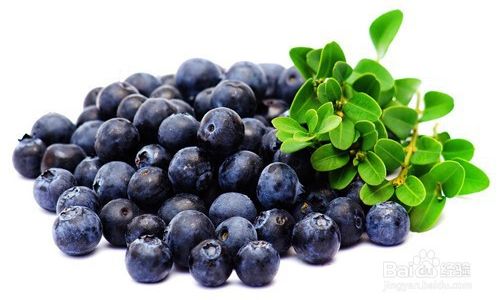
Packaging Innovations
Modified atmosphere packaging (MAP), which uses permeable films to regulate gas exchange, is gaining traction. Some brands now include ethylene-absorbing sachets or antimicrobial liners, extending freshness by 3–5 days.
Advanced Storage Hacks for Enthusiasts
For those seeking cutting-edge solutions, consider:
- Vacuum Sealing: Removes oxygen to retard aerobic bacteria, though compression may bruise delicate berries.
- Ozone Treatment: Low-dose ozone gas (0.1–0.3 ppm) sterilizes storage environments without leaving residues, though safety protocols are essential.
- Edible Coatings: Aloe vera gel or chitosan (derived from crustacean shells) form protective barriers, though texture alterations may occur.
Conclusion: The Ripple Effect of Preservation
Mastering blueberry preservation transcends mere culinary convenience; it aligns with global sustainability goals. The United Nations estimates that 14% of food produced globally is lost post-harvest, with fruits and vegetables accounting for 45% of this waste. By extending blueberry viability, consumers reduce their ecological footprint, conserve resources, and support food security initiatives.
In an era where convenience often trumps sustainability, adopting mindful storage practices becomes an act of environmental stewardship. Whether you’re a home gardener, a zero-waste advocate, or a gourmet chef, the strategies outlined herein empower you to savor blueberries at their zenith—a testament to the harmony between science and stewardship. So the next time you cradle a pint of these indigo gems, remember: their fleeting beauty need not be fleeting. With knowledge as your ally, you hold the power to preserve not just a fruit, but a legacy of flavor and sustainability.
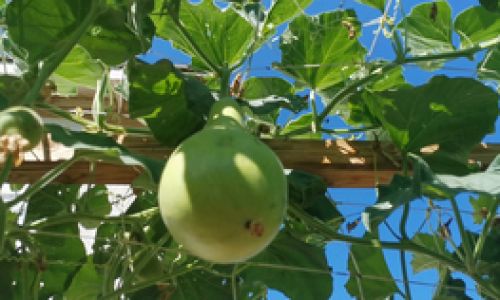
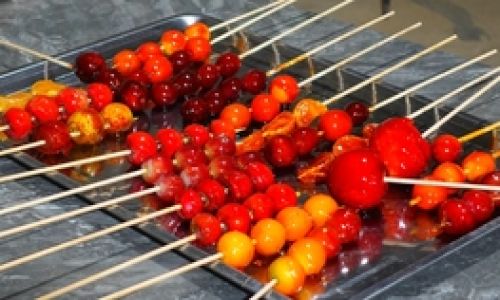
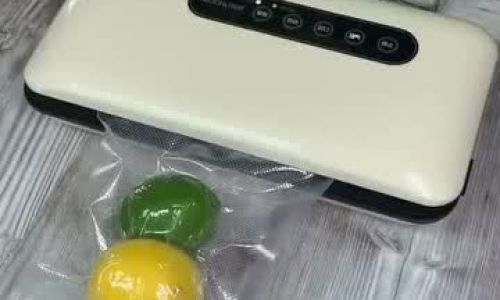
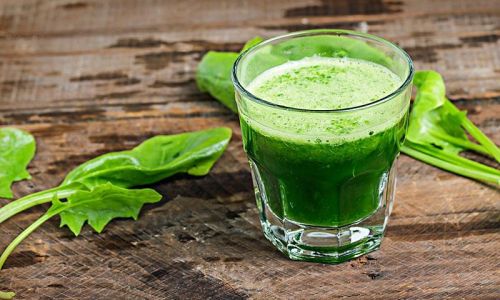

0 comments